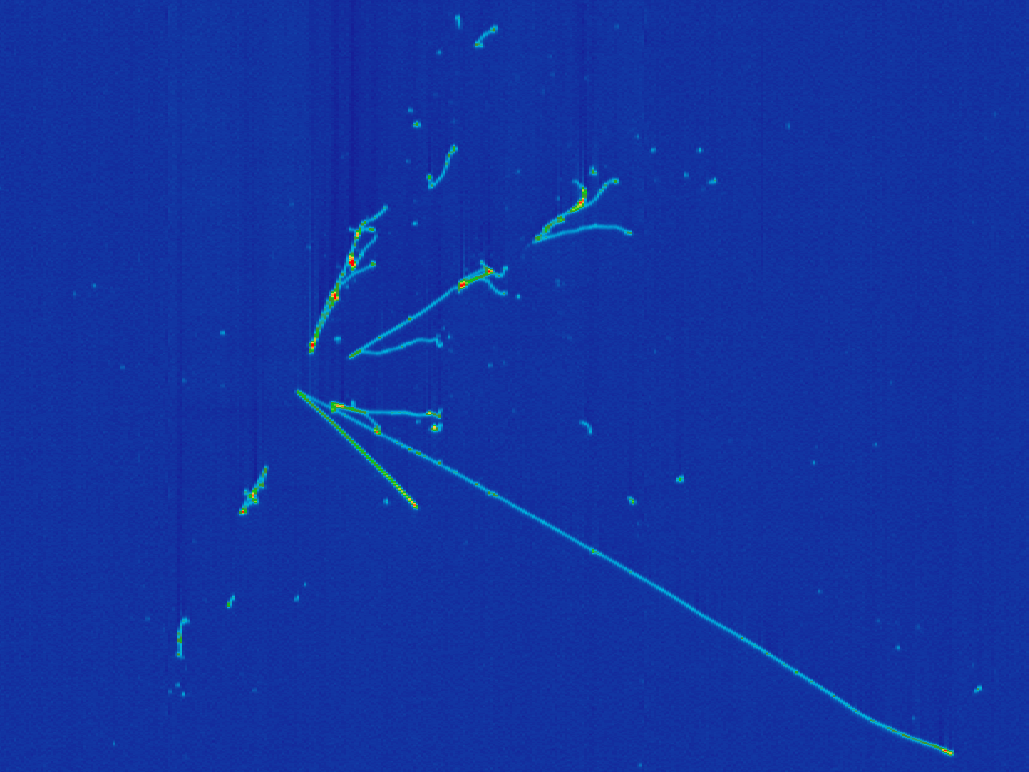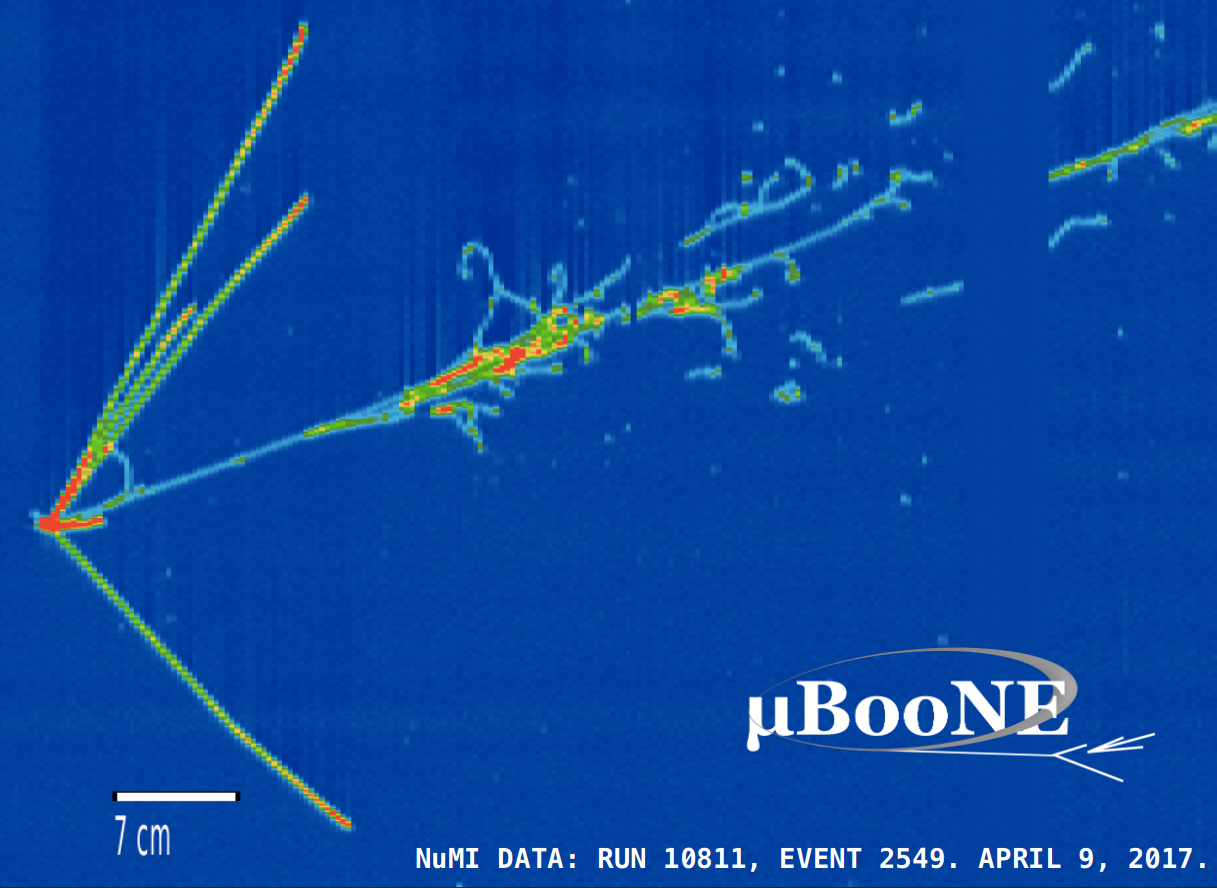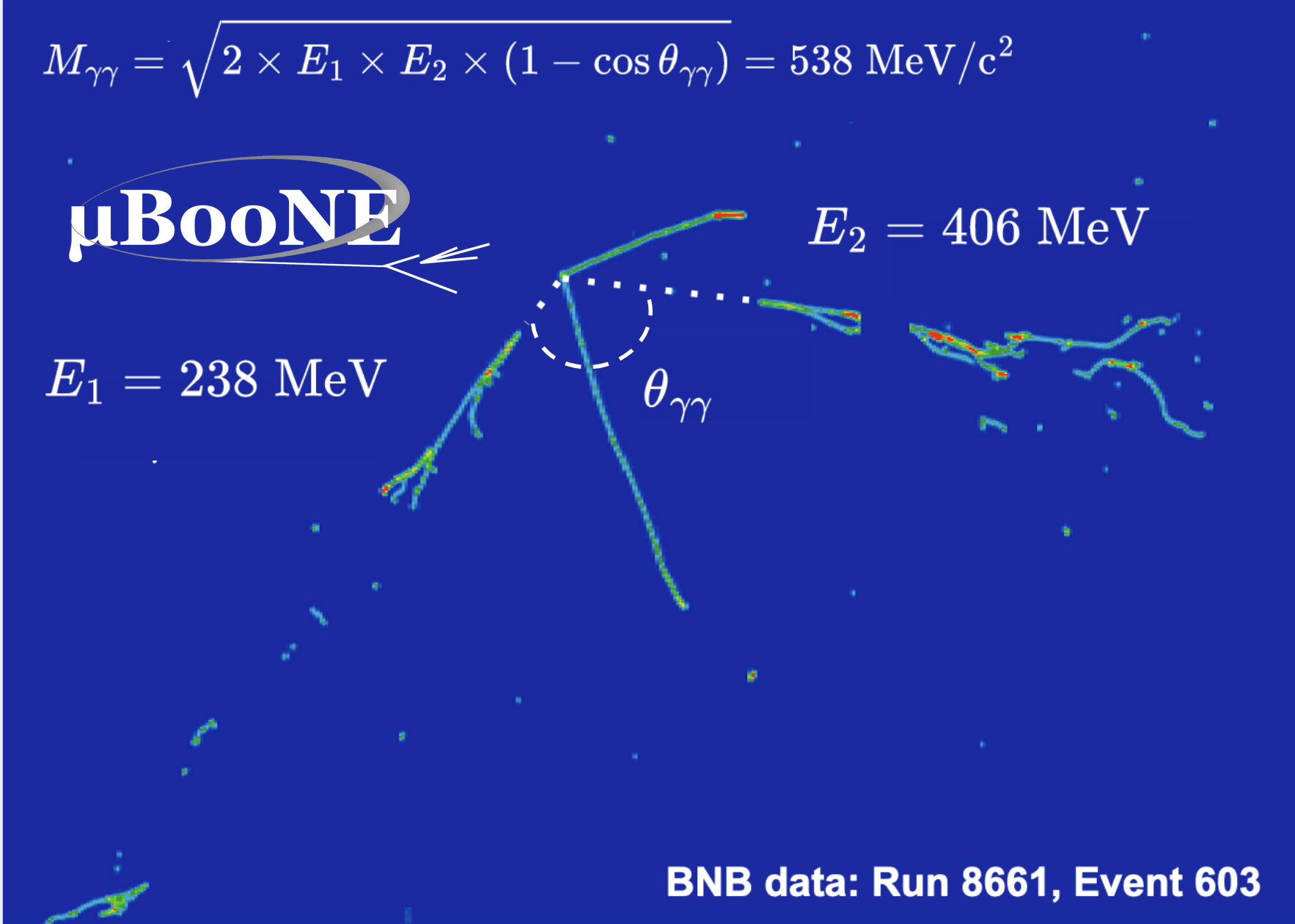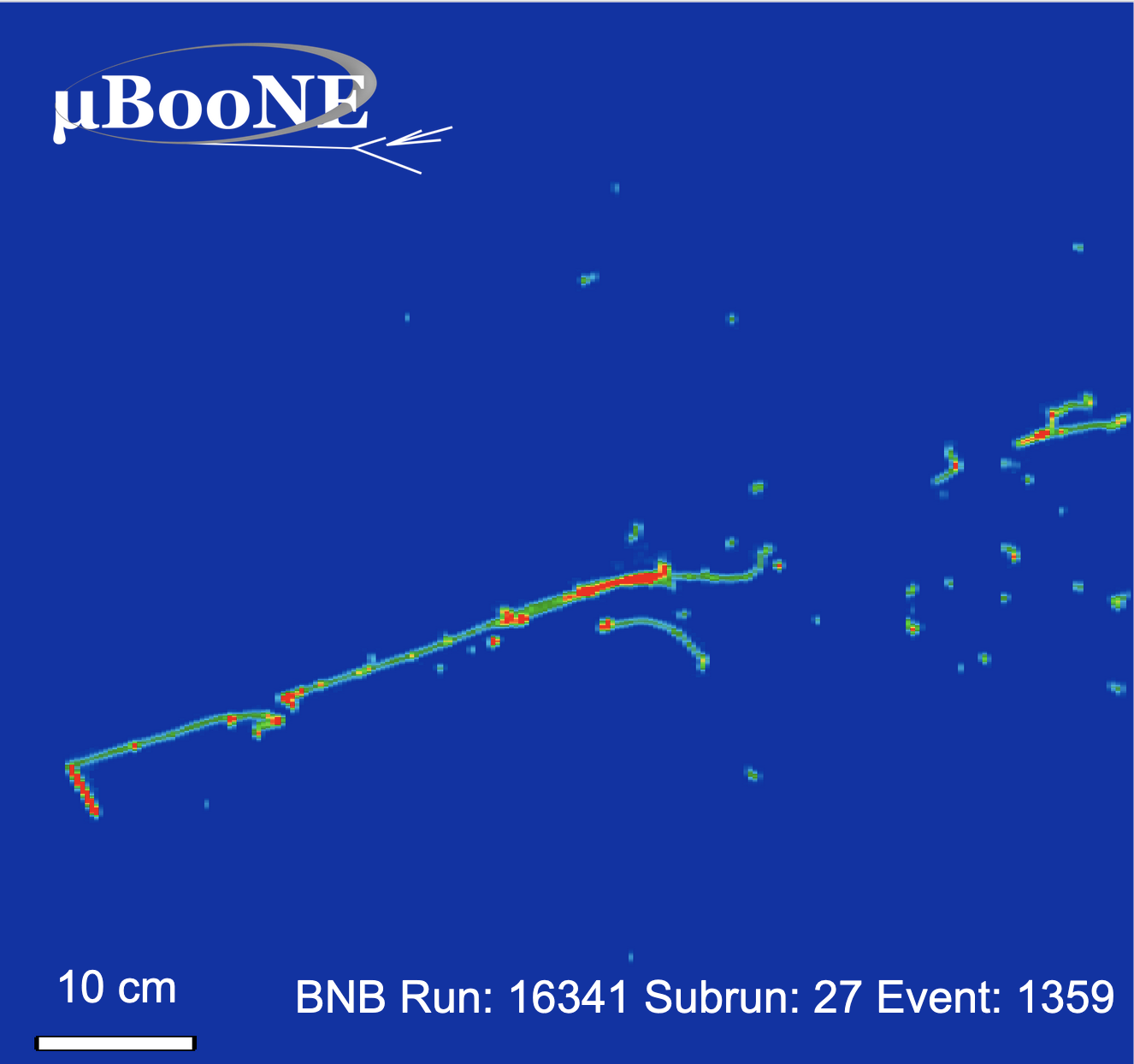Research
I am an assistant professor in the physics department at UC Santa Barbara. My research focuses on experimental particle physicists studying neutrinos to understand the nature and evolution of the universe.
Neutrino Physics and Astrophysics
Neutrinos are a fundamental particle; one of the building blocks of Nature. Abundant yet elusive, they play a key role in the evolution of the universe. Understanding their many quirks can help shed light on unanswered questions about how the universe evolved the way it did. In my research, I leverage the powerful accelerator complex at Fermilab combined with massive and sophisticated particle detectors to study the properties of this fundamental particle with unprecedented resolution. This work takes many forms which include building particle detectors and performing R&D to further improve their performance, performing data analysis with large-scale datasets, and training young scientists from institutions across the globe. As an experimental particle physicists I collaborate with scientists from around the world. I currently am a member of the MicroBooNE collaboration (a part of Fermilab's Short Baseline Neutrino program - SBN) and the Deep Underground Neutrino Experiment (DUNE).
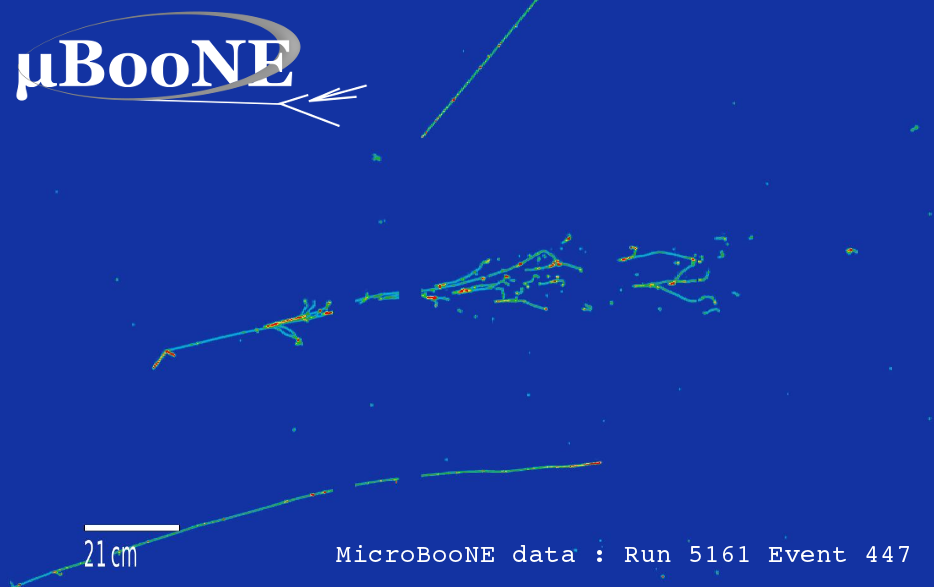
Neutrino Oscillations and Searches for New Physics The 2015 Nobel prize in physics was awarded for the discovery of neutrino oscillations and the implication this carries: neutrinos have non-zero mass. This observation puts neutrinos at odds with the Standard Model of particle physics and has prompted a broad effort to understand how neutrinos acquire their mass. My research effort on the MicroBooNE experiment aims to address long-standing anomalies in neutrino oscillation experiments by searching for rare electron neutrinos - like the one pictured on the right - in Fermilab's muon neutrino Booster Neutrino Beamline. The DUNE experiment is the next generation accelerator-based neutrino oscillation experiment, and will perform precision measurements of neutrino mixing parameters, including measuring possible differences in the behavior of neutrinos and anti-neutrinos: an open question tied to our fundamental understanding of matter and to the origin of the matter vs. anti-matter inbalance in our universe.
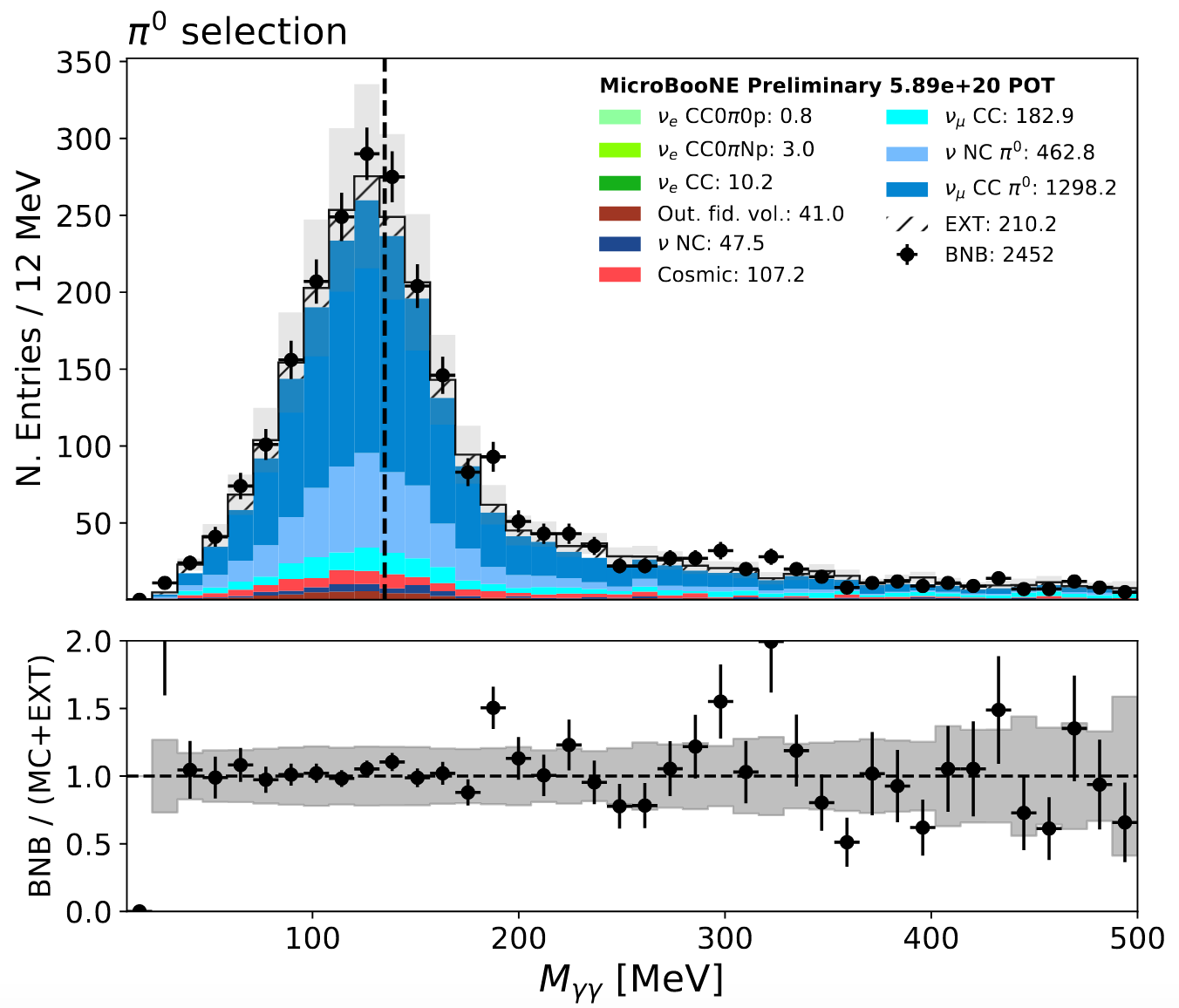
LArTPC Calibrations & Reconstruction The ambitious physics program being carried out by the SBN and DUNE programs requires sophisticated pattern-recognition solutions and detailed understanding of detector response in order to succeed. The information-rich images that LArTPC detectors provide are designed to obtain the needed precision for the next generation of neutrino physics measurements, but achieving this requires innovative computing solutions for efficient processing and analysis. This work includes triggering, event reconstruction, and calibrations. In these areas, I am contributing to developing calibration and reconstruction techniques for LArTPC detectors. I am specifically interested in the calibration of electromegnetic showers which are the primary signature of neutrino oscillations, and in expanding the potential for LArTPC detectors in the sub-MeV energy regime by innovating event reconstruction techniques.
Detector R&D

Progress in particle physics goes hand in hand with advances in detector technology. My interest in detector R&D is focused on developing solutions that can allow noeoble element detectors to expand their physics reach at low energy. Large-scale LArTPC detectors are currently used to image MeV and above particles produced in GeV neutrino interactions. The R&D efforts I am pursuing hope to expand the physics potential to keV signatures from nuclear recoils, which are the primary manifestation of coherent elastic neutrino nucleus scattering (CEvNS) and Dark Matter weakly interacting particles alike. Detecting the feeble signatures from such processes can open new avenues in searches for new physics at faciliites with intense neutrino sources such as Fermilab. The LArCADe program aims to study the feasibility of obtaining stable electron amplification in liquid argon, thus lowering detector thresholds.

